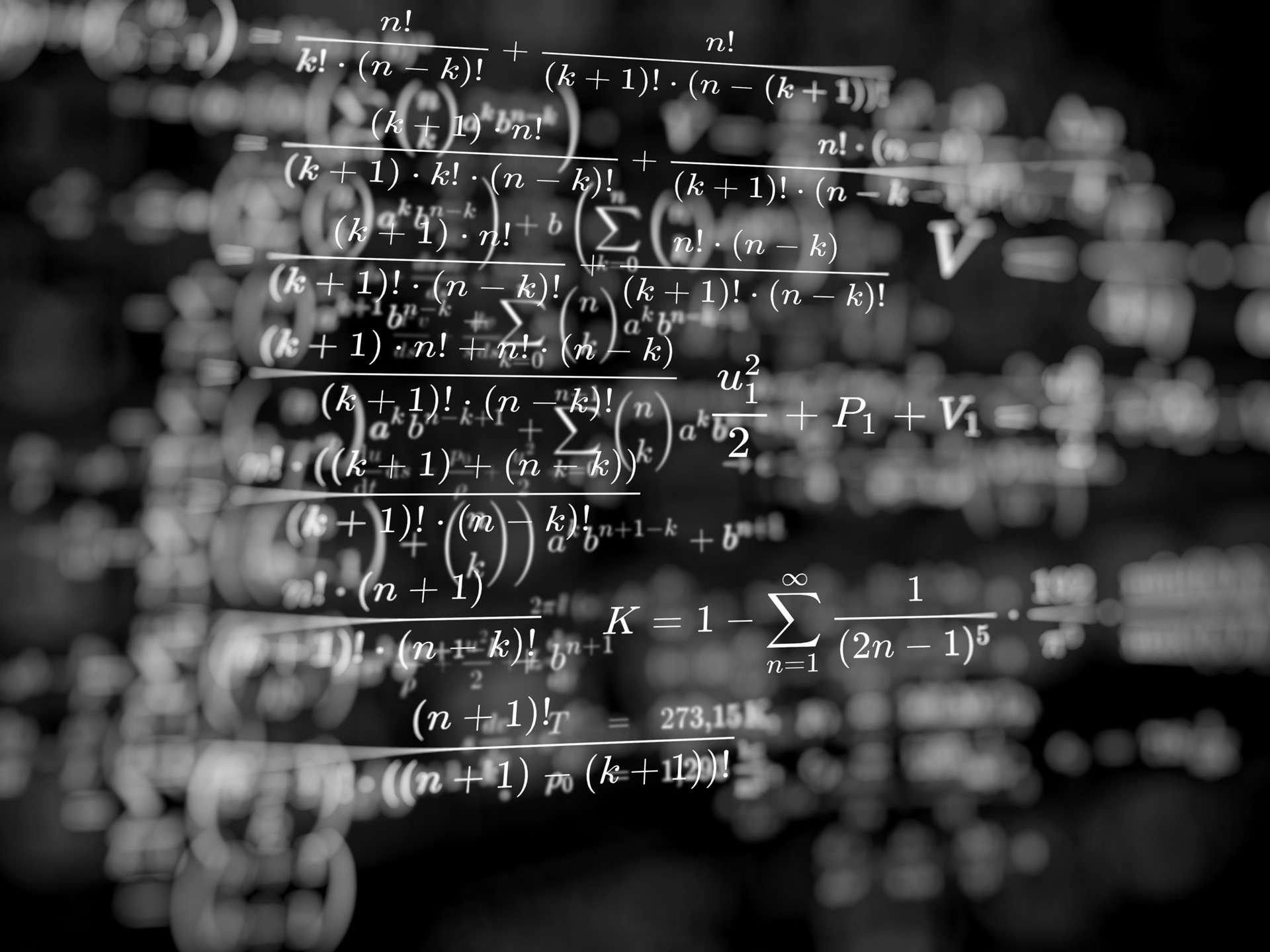String theory has long been of interest to physicists. As it represents the only candidate for a grand unified theory of particle physics that unifies Maxwellian electromagnetism with Einstein’s relativity, string theory holds great promise as an eventual solution.
It also predicts wormholes in space-time fabric, but there are many more reasons for being intrigued by this theory.
It’s a loop
Loop is the name given to any circular shape made up of string or rope coils; such as that found at the end of a cowboy’s lasso. Loop also refers to circular pathways or paths of motion – for instance: roads looped around town sites.
Loops are used extensively in computer science to represent iterative functions like /h3xqzgxoc5q. Since these iterative functions repeat themselves, loops are known by that name – making them a key component of programming languages and can even serve as their own programming languages!
Loops in programming are similar to using condition variables; both represent iteration – an essential feature in modern languages – but loops differ by adding to an already-existing variable each time through iteration, providing another means for making code more robust and readable while increasing reliability and readability at once. But be wary of too many loops being added too quickly as this could slow down your program considerably.
It’s a circle
Early this summer, I attempted to play this ingenious chord progression from Purple Rain’s ending. The string instruments play an interesting series of symmetric chords which is fascinating. If you are an accomplished keyboardist or self-taught pianist alike, take a close look at this chord progression; it might surprise you! It’s also an effective way of understanding dimensions; its properties allow it to calculate dimensions accurately

